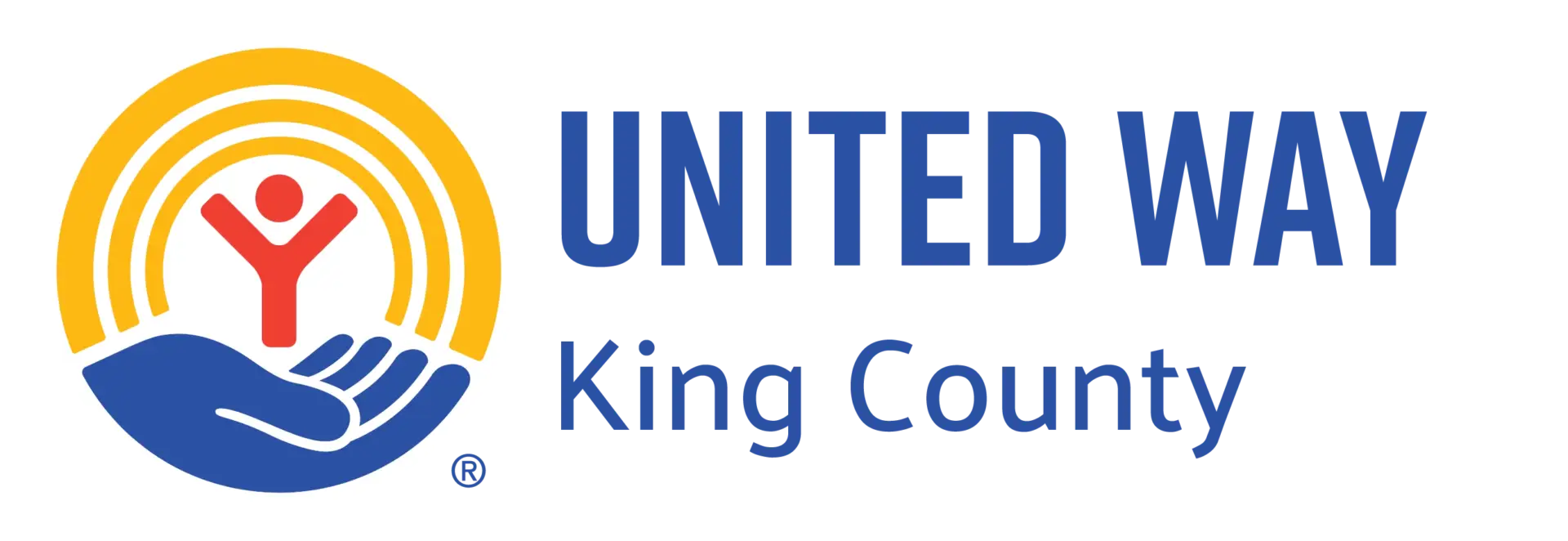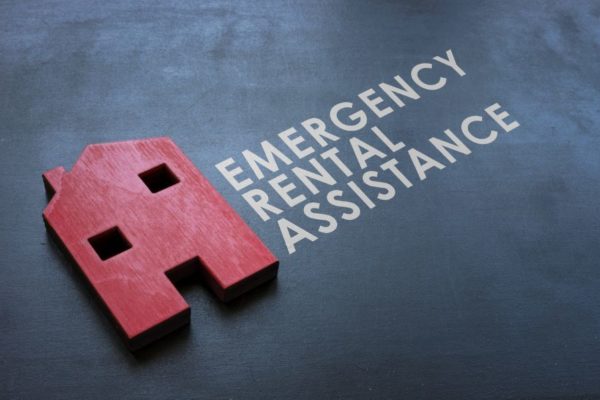A Long-Term Look at Recovery
The public health and economic needs are so vast right now, it can be hard to think beyond the immediate needs of today. Helping families stay in their homes, keeping food on the table and making ends meet is on the minds of so many—including the team here at United Way.
I’ve also been thinking a lot about our community’s long game—how we’ll come out the other side of this crisis—and United Way’s role in it.
I think recovery requires a balance between staying focused on the help people need today—and future-proofing:
Short-Term: Continue to Be Decisive and Focused in Our Investments
The Seattle/King County area is no exception to the fact that nearly half of Americans are not able to cover an unexpected expense of $400.
In mid March as businesses started to close, we knew it wouldn’t be long before so many people living paycheck-to-paycheck would be reeling from the loss of income.
We immediately decided to pivot our investment and focus our fundraising to rental assistance and hunger relief. Yes, there were other needs, but these two stood out and our team has community relationships and expertise to make the most impact in these areas. This focus has helped thousands of people in the last two months—and has been the best way for us to maximize donor dollars.
Longer-Term: Continue to Invest in Education and Address Systemic Racism Head-On
We know that education is the best way to break the cycle of poverty—and nearly half of the dollars we invest each year are supporting student success. Whether we’re talking about toddlers getting ready for their first day of kindergarten or helping young people stay in school, we’re committed to this work and helping families stay connected to the services they need so young people can pursue their dreams.
Today, fewer than half of community college students graduate or complete a credential. That’s a staggering number—yet, not really a surprise. Balancing work, childcare needs and life in general takes its toll on those working hard to get ahead. We will continue to be on campuses around the county and help college students persist. With increased education rates, comes increased earning potential and a lower number of people who cannot recover from a $400 financial setback in the future.
This commitment to education and improving access is one of the ways we will continue to address the racial inequities that have existed for years—and been highlighted by this crisis. Income and wealth gaps in our community are huge—and a result of years of racism and discriminatory practices. We actively fund programs rooted in communities of color with the goal of reducing these inequities and eliminating those gaps. Some recent examples include:
- More than 60% of college students who’ve received help to stay in school this year and complete their degree or credential are people of color, who historically have had limited education opportunities.
- Serving youth of color with programs focused on proactive recruitment of mentors of color, addressing specific challenges.
- Supporting isolated immigrant families with the help they need for their toddlers to be ready for their first day of kindergarten.
When we achieve racial equity, not only are the lives of those who have been most impacted by historical and present injustices improved, but everyone benefits. Our community will be healthier, more stable and more prosperous as a whole. We’re committed to working together through this crisis—and toward that vision.





Comments